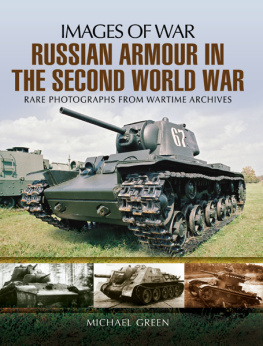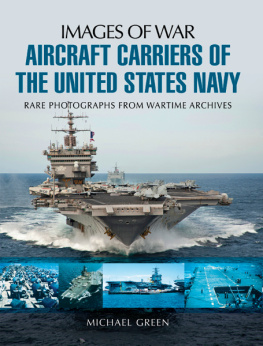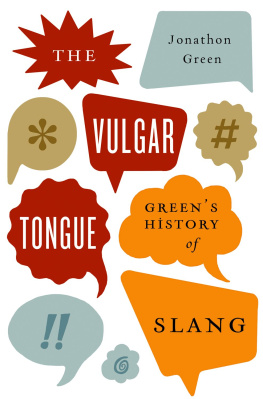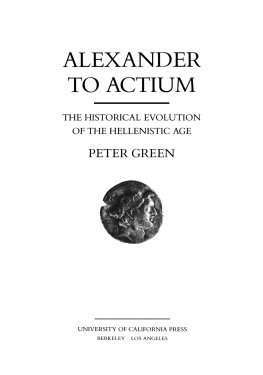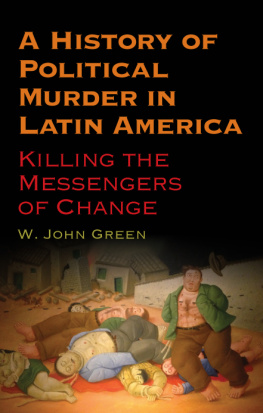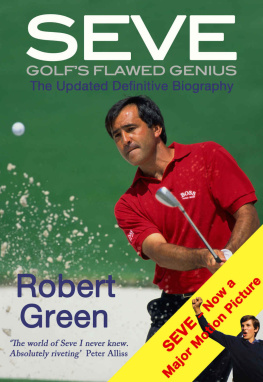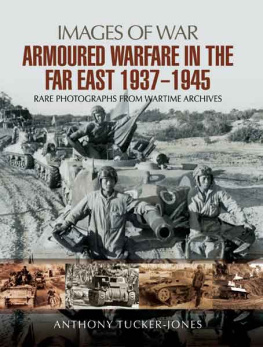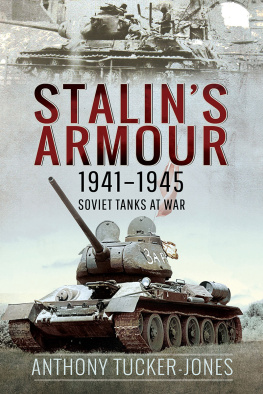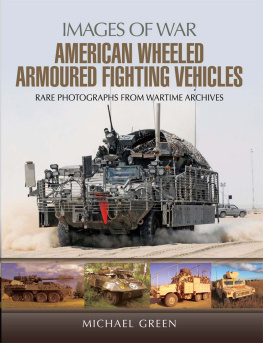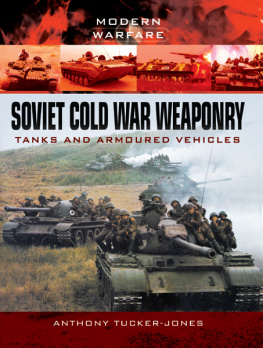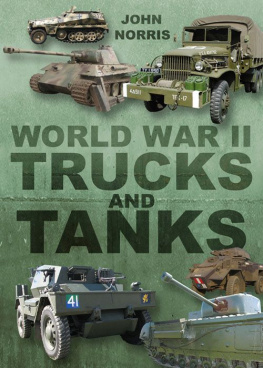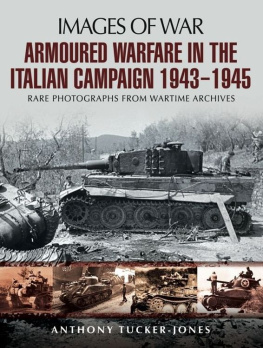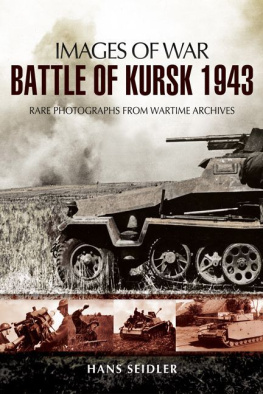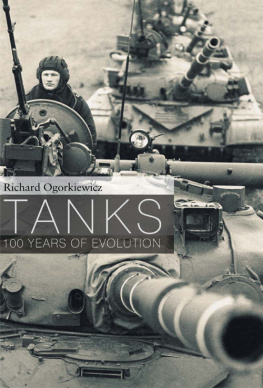First published in Great Britain in 2013 by
PEN & SWORD MILITARY
an imprint of
Pen & Sword Books Ltd
47 Church Street
Barnsley
South Yorkshire
S70 2AS
Copyright Michael Green 2013
PAPERBACK ISBN: 978 1 78159 183 3
PDF ISBN: 978 1 47383 096 7
EPUB ISBN: 978 1 47382 980 0
PRC ISBN: 978 1 47383 038 7
The right of Michael Green to be identified as Author of this Work has been asserted by him
in accordance with the Copyright, Designs and Patents Act 1988.
A CIP catalogue record for this book is available from the British Library
All rights reserved. No part of this book may be reproduced or transmitted in any form or by
any means, electronic or mechanical including photocopying, recording or by any information
storage and retrieval system, without permission from the Publisher in writing.
Typeset in Gill Sans
Printed and bound in England by
CPI Group (UK) Ltd, Croydon, CR0 4YY
Pen & Sword Books Ltd incorporates the Imprints of Pen & Sword Aviation, Pen & Sword
Family History, Pen & Sword Maritime, Pen & Sword Military, Pen & Sword Discovery,
Wharncliffe Local History, Wharncliffe True Crime, Wharncliffe Transport, Pen & Sword
Select, Pen & Sword Military Classics, Leo Cooper, The Praetorian Press, Remember When,
Seaforth Publishing and Frontline Publishing
For a complete list of Pen & Sword titles please contact
PEN & SWORD BOOKS LIMITED
47 Church Street, Barnsley, South Yorkshire, S70 2AS, England
E-mail:
Website: www.pen-and-sword.co.uk
Contents
Acknowledgments
I could not have completed this book without a number of long-time friends taking the time to dig through their photo files (be it a shoe box or digital) to retrieve pictures for me to include. Their names are found in the photo credits. A special word of thanks goes to Bob Fleming for the sheer number of historical photographs he supplied to me. The individual quality of the pictures in this book varies widely, reflecting the large number of different sources and time periods encompassed by the photographs.
My good friend and fellow author Chris Hughes took it upon himself to climb inside a variety of cramped and uncomfortable vehicles to shoot interior photographs for this book. Other friends who did not contribute pictures but took the time to read and review my text and captions include Michael Panchyshyn, Chun-Lun Hsu, Yuri Desyatnik and James D. Brown.
Institutions that assisted the author include the Military Vehicle Technology Foundation and its late director Philip Hatcher. There was also David Fletcher of the Tank Museum, Bovington, England, who spent many hours looking through their photo files for me. Pictures credited to the Tank Museum, Bovington are shortened to just Tank Museum for the sake of brevity. Lastly, I wish to thank the very helpful staff of the now-closed Patton Museum of Cavalry and Armor for their assistance through the many years. Picture credits to that museum are shortened to just the Patton Museum.
Dedication
I would like to dedicate this book to my good friend Vladimir Yakubov for all his help on this one and many others.
Introduction
S tarting with almost nothing in 1919, except for a small number of British and French-made tanks captured from White Russian forces and a handful of armoured cars, by the early 1930s the Red Army was one of the leaders in the innovative use of large armoured forces. Sadly, by the late 1930s, the Red Army was being shaken by bloody purges that did away with its more inventive tank-minded military thinkers. These purges had been ordered by Stalin to clear the way for a generation of more politically reliable but which would later prove to be militarily incompetent functionaries.
The murder by Stalin of many of the most forward thinkers in the Red Army officer corps would come back to haunt him with the German military invasion of the Soviet Union in June 1941. Despite having the largest fleet of tanks in the world, estimated at over 22,000 vehicles, more than the rest of the world combined, the Red Army proved itself woefully ill-prepared to deal with the approximately 5,000 German tanks advancing into the Russian hinterland.
The Soviet inability to halt the German tanks can be attributed to poor leadership at the most senior military levels of the Red Army that had left their massive inventory of tanks in a near total state of disrepair with shortages of everything from parts and fuel to ammunition. It was these shortcomings, and many others such as a faulty doctrine, that allowed the German panzer arm to generally prevail on the battlefield over their much more numerous opponents in spite of occasional tactical setbacks.
The Red Army would lose nearly 90 per cent of its tanks between June 1941 and December 1941. However, it was those losses that helped to blunt and eventually bring the German tanks to a halt just outside the gates to Moscow. By way of comparison, the German army would lose over half of its tanks during the same time period.
There was a hidden benefit to the huge losses in tanks suffered by the Red Army in 1941. It helped to clear out the bulk of their pre-war tank fleet, with the majority of these being derivatives of old British and American technology. These vehicles were already obsolete by the standards of the day and paved the way for the large-scale introduction of a generation of new, more capable tanks and other armoured fighting vehicles that would eventually form the basis of one of the largest and most powerful armies ever fielded in the history of the world.
The new Red Army tanks and armoured fighting vehicles were not individually better than their late-war German counterparts because that was never the Russian intention, but they were good enough and eventually available in sufficient numbers to successfully counter any German qualitative superiority. It was these large numbers that also made up for the continued high battlefield losses suffered by the Red Army in combat with its German opponent throughout the Second World War.
If you add up all the light, medium and heavy tanks constructed in Soviet factories during the Second World War you get a total number built of 76,827 vehicles. By way of comparison, German industry only managed to build approximately 24,000 tanks during the same time period not counting self-propelled guns which needed to be dispersed over multiple theatres of war. The most numerous German tank built was the Panzer IV series of medium tanks with about 9,000 units being assembled; in comparison the most numerous Soviet tank design was the T-34 series with nearly 58,000 built. It was this Russian policy of outbuilding their enemies in the Second World War that is exemplified by the maxim (attributed to a great many authors) that Quantity has a quality all its own.
The T-34 series formed the bulk of the Red Army tank inventory from 1943 through to 1945. While the workmanship on the vehicle may not have been up to German standards and many who had a chance to study the vehicle considered some of the tanks construction shoddy, it was good enough for the battlefields of the Eastern Front. On the positive side, the T-34 series mounted versatile cannons, were relatively easy to build in large numbers, simple to maintain in the field, and had enough reliability to make it to the battlefield in large enough numbers to overwhelm its opponents.
This book is not intended to be a comprehensive study of Russian armour in the Second World War; rather your author has attempted to provide the reader with a broad pictorial survey of the subject. Accompanying the photographs are relevant text and captions to assist the reader in placing the vehicles shown in historical context.
Note to the readers:
Unlike other armies before and during the Second World War, the Red Army did not have a consistent policy of assigning designations to the various subvariants of their tanks and other armoured fighting vehicles. Post-war historians and authors have in response developed a practice of assigning model numbers to Red Army tanks and armoured fighting vehicles based on the year they were introduced into service in order to distinguish between subvariants. This practice has been adopted by the author to assist the reader in identifying the often many different versions of vehicles produced. However, rebuilt vehicles or field modifications may result in a mixture of subvariant features that do not fit into any classification.
Next page
